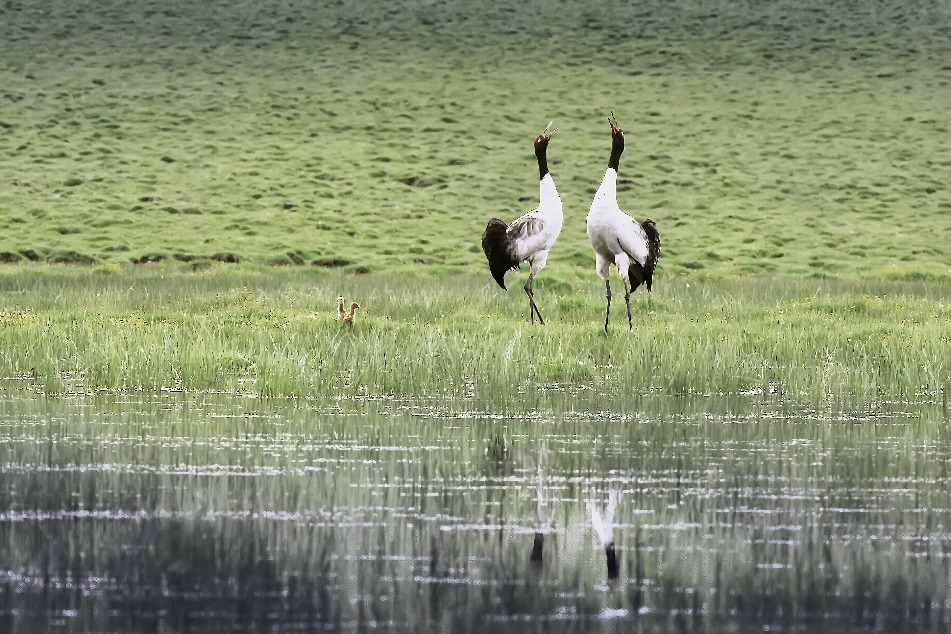Shanghai researchers develop more accurate AI weather model

The Shanghai Academy of Artificial Intelligence for Science and Fudan University unveiled Fuxi 2.0, an upgraded AI-powered large model for climate and weather forecasting, on Monday.
Fuxi 2.0 boasts higher prediction accuracy than previous models and is 1,000 times faster, while also being cheaper and able to generate longer-term forecasts.
It is expected to enhance early warning, risk management and disaster prevention capabilities across China.
"The rising frequency of extreme weather events due to climate change necessitates improved weather forecasts," said Qi Yuan, director of the academy.
"Fuxi 2.0 aims to mitigate the damage caused by such events by providing more accurate and timely predictions."
Li Hao, who leads the academy's earth science research team, highlighted Fuxi 2.0's significant leaps in forecasting extreme weather phenomena, surpassing the accuracy of the European Centre for Medium-Range Weather Forecasts' short- and medium-term models.
The first version of Fuxi was launched at the United Nation's COP28 climate change summit in December, becoming the first Chinese sub-seasonal climate model capable of generating forecasts for the next 15 to 60 days.
Li said Fuxi 2.0 can deliver nationwide high-resolution forecasts with ground meteorological elements, providing hourly updates accurate to within a kilometer — a vast improvement over existing models with resolutions of 10 to 25 km.
For the new energy sector, Fuxi 2.0 offers more accurate wind speed, irradiation and power generation predictions, allowing for optimized wind and solar power generation, improved grid load balancing and reduced curtailment.
"It acts like an intelligent navigation system for wind farms and solar power plants," Li said.
The aviation industry can leverage Fuxi 2.0's ability to predict low cloud cover and total cloud cover, aiding in forecasting ice, turbulence and uneven light conditions — factors impacting flight experiences and costs.
The academy and 12 other institutions, including meteorological services, research bodies and industry leaders, have announced the formation of an ecological alliance for intelligent meteorological innovation.
It will leverage Fuxi 2.0 and foster collaboration between the research, education and industrial sectors to drive further technological advances in intelligent weather forecasting.
- Region plagued by sandstorms becomes key in desertification fight
- China's top procuratorate to oversee major environmental damage cases
- Blind student completes college with resilience
- Chinese scientists design bio-inspired 3D e-skin
- International students take part in dragon boat race
- Chinese tricycles captivate foreign markets and media


































